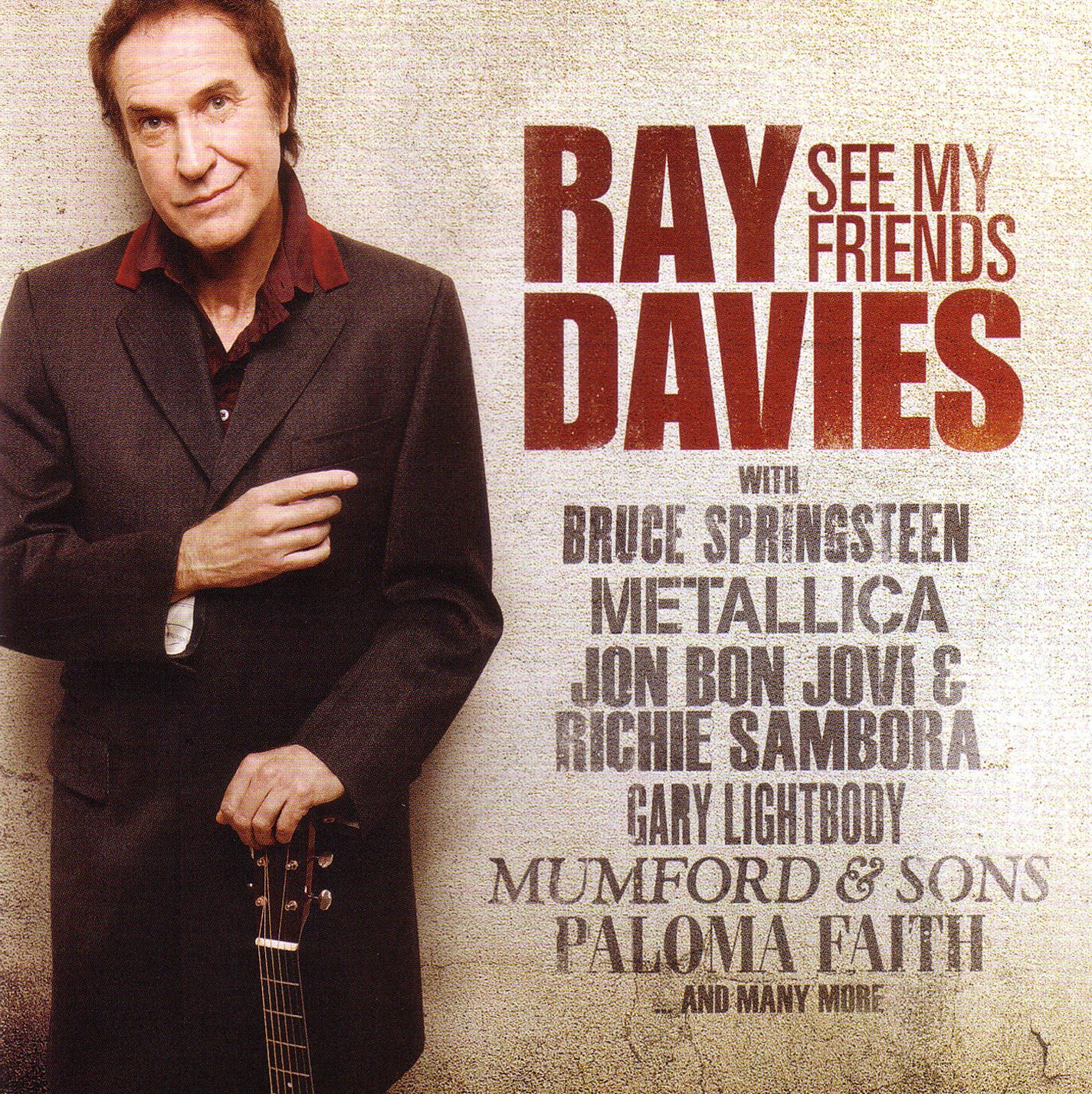Thumb to ‘polymath’ in the dictionary and you’ll find the definition: “a person of great learning in several fields of study.” In a just world, you’d also be met with an image of David Byrne’s silver-topped countenance.
Thumb to ‘polymath’ in the dictionary and you’ll find the definition: “a person of great learning in several fields of study.” In a just world, you’d also be met with an image of David Byrne’s silver-topped countenance. In the past five years, the output of the former Talking Heads frontman has included (though has certainly not been limited to): penning a regular cycling column for The New York Times ; inaugurating his own internet radio station; authoring the cycling book, Bicycle Diaries ; collaborating with Fatboy Slim on Here Lies Love , a dual-disc ‘disco opera’ mined from the life of former Filipino First Lady/shoe fetishist Imelda Marcos; designing an artistic series of bicycle racks which were scattered throughout New York City; and reuniting with über producer Brian Eno for the album Everything That Happens Will Happen Today .
It’s the elaborate world tour that Byrne embarked upon in support of that album which is chronicled in Ride, Rise, Roar. Shot on the RED digital camera—favoured by the likes of David Fincher and Steven Soderbergh—the film shifts between full-colour and black-and-white imagery, splicing live performance with rehearsal footage and on-camera interviews with Byrne, Eno and the touring talent. (After all, what Byrne documentary would be complete without at least a few ‘talking heads’?)
The man Byrne entrusted with documenting proceedings is Brooklyn-based filmmaker David Hillman-Curtis, a quick skim of whose CV reveals him to be every inch Byrne’s polymathic equal.
As if founding the renowned digital design firm hillmancurtis.com, inc wasn’t enough, he’s published four highly regarded books on new media design and served as design director for Macromedia (where his work moved French tech journal Canoë to crown him “le pape du Flash” [the Pope Of Flash] in 2000). It was his online Artist Series of short documentary portraits that first brought the director to Byrne’s attention. On the strength of these thinkspace snapshots—of Milton Glaser, Mark Romanek and Paula Scher, among others—Hillman-Curtis was commissioned to direct a short documentary for the deluxe release of Everything Happens.
“The whole thing with him and Brian was fascinating,” the filmmaker tells Beat down the line from his NYC home. “They were passing MP3s back and forth. Occasionally they’d show up at each other’s studios. But not that often. It was mostly MP3s.
“After that was done [Byrne] was jumping out on the tour, and I asked him if we could come and shoot,” he continues. “I thought it would be another short film [but] a year and a half later, we were looking at a feature.”
Hillman-Curtis commenced the project with no set rationale in mind. “We started shooting the rehearsals, getting really rich footage because the rehearsals were not typical. It wasn’t a four-piece band jumping around. There were choreographers. It was pretty neat stuff.”
Byrne himself had choreographed The Talking Heads’ 1984 tour that was filmed by Jonathan Demme for the concert film Stop Making Sense. This time, however, Byrne tendered choreographic control to a quartet of modern dance specialists whose avant-garde methods inspired him. “David said ‘I want the film to show what it’s like to be on stage with your dancers – how physical and kind of sexy it is’,” Hillman-Curtis explains. “I edited the film. I had a complete version and I presented it to David and he said, ‘It’s good, but the live performances you’re just not getting.’”
“I was a little threatened,” he confesses. But he took the assessment quickly in his stride. And so, with what he’d thought to be a finished film on his hands, Hillman-Curtis swallowed his pride, and, on the advice of his collaborator, employed a specialist editor to readdress the concert footage. “That kind of made the movie,” he admits. “I would put songs back in [the edit] and suddenly it just got real exciting, real fast.”
As a performance documentary of the ‘putting on a show’ persuasion, Ride, Rise, Roar was inspired in part by Hillman-Curtis’ enduring love for the work of Bob Fosse. “The films I referenced were All That Jazz and Cabaret. I tried to get into that a little bit.” Demme’s Stop Making Sense, meanwhile, wasn’t revered so much as an influence, but rather a benchmark of quality. “We felt like if we could just touch the hem of that film, we’d be in good shape,” the filmmaker tells. “[But] I didn’t really immerse myself in documentaries or study up.”
When discussing influences, one name crops up which strikes Beat as intriguing coming from a documentarian native to the US: Peter Weir. The mere mention of the revered Australian filmmaker—director of such diverse narrative pictures as The Cars That Ate Paris, The Truman Show, Dead Poets Society and Master And Commander—ignites a palpable passion in the soft-spoken New Yorker. “What I love about his stuff… He’s not afraid to slow things down,” Hillman-Curtis enthuses with a smile Beat can hear down the line. “In The Year of Living Dangerously, the way he uses the camera… It can be a little spooky and dreamy and ethereal. I don’t think as much of that made it into [Ride, Rise, Roar] as maybe I’d have liked. But all that stuff, it’s just in the back of my mind whenever I’m cutting, or whenever I’m shooting. I love his work. I’ve got all of his films and I watch them constantly. If you watch any of my short films, I hope some of it comes out, because he’s kind of a hero.”
Aside from his documentary work, Hillman-Curtis has a respectable catalogue of short fiction films to his name. Along with the Artist Series, these shorts are streamable for free at hillmancurtis.com. “I keep the short films free and basically available to anyone,” he tells. “I originally got into Flash ‘cause I always wanted to make movies. I still like web design, but I’m just really happy right now doing film work.”
With Rise, Ride, Roar touring the festival circuit and playing exclusive engagements worldwide, Hillman-Curtis is parting ways—for the time being, at least—with David Byrne for his next feature film, a project he calls “a weird documentary.”
“It’s dealing with a designer/artist named Stefan Sagmeister.” Sagmeister is already the subject of an Artist Series short and clearly an individual who fascinates the filmmaker almost as much as Byrne, Eno and Weir. “It’s tentatively titled The Happy Film. He’s been exploring ways to train his mind the way you would train your body. To basically be happier, I guess.” For Hillman-Curtis, it’s an occasion to follow a few of his pet creative impulses at once. “We’re at about 15 minutes [of a complete cut] on that one, and it’s going to sound weird, but it seems like it’s half narrative, half documentary.” And what about that Weir influence—will anything point to it this time around? “Yes!,” he beams. “A lot more of that has come into play.”
Ride, Rise, Roar plays as part of ACMI’s First Look program and screens from January 14-17 2011. For session times and to book tickets, visit acmi.net.au. Learn more about the film at rideriseroar.com. Tune into Radio David Byrne at davidbyrne.com/radio. For all things David Hillman-Curtis, visit hillmancurtis.com.







